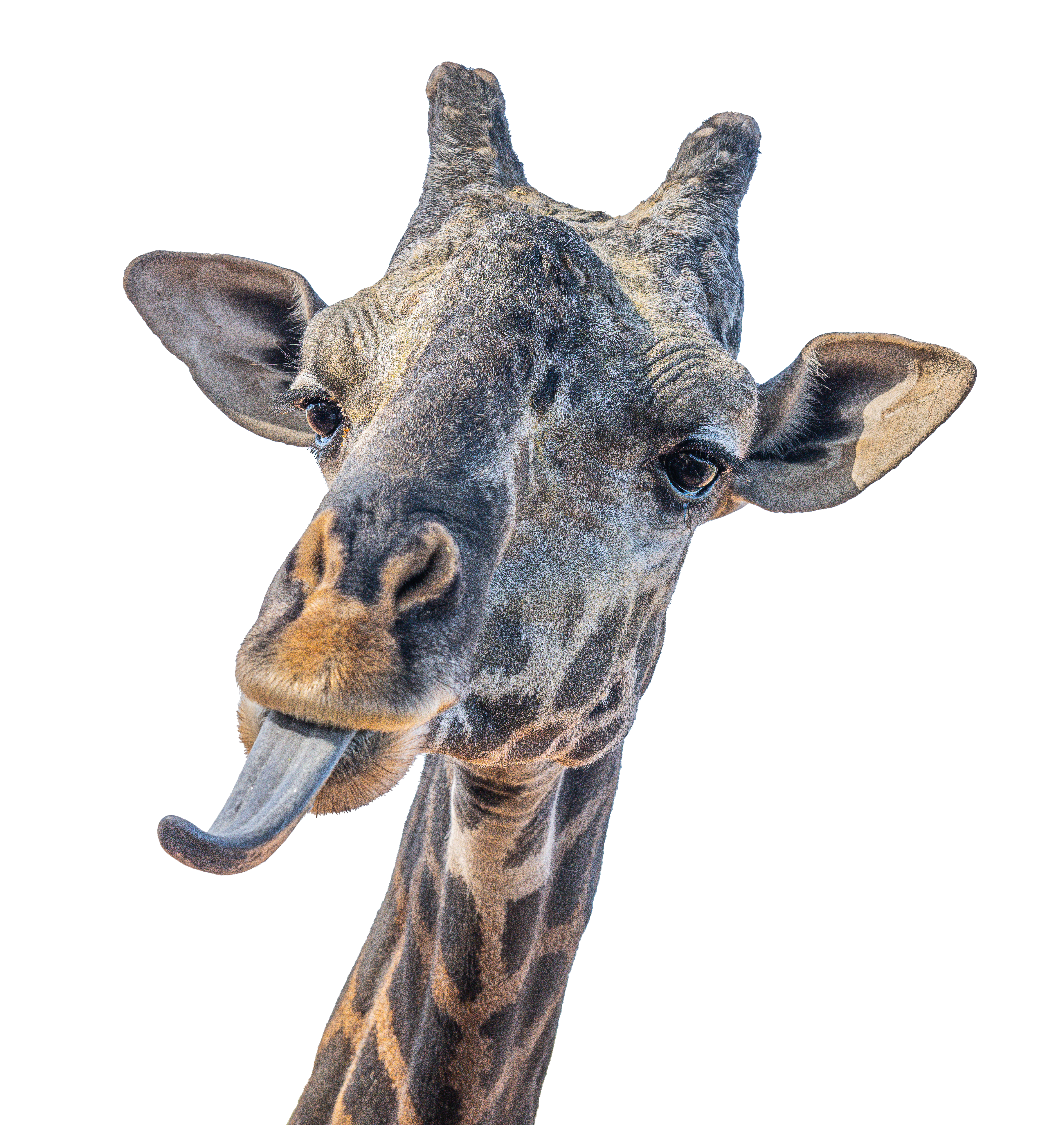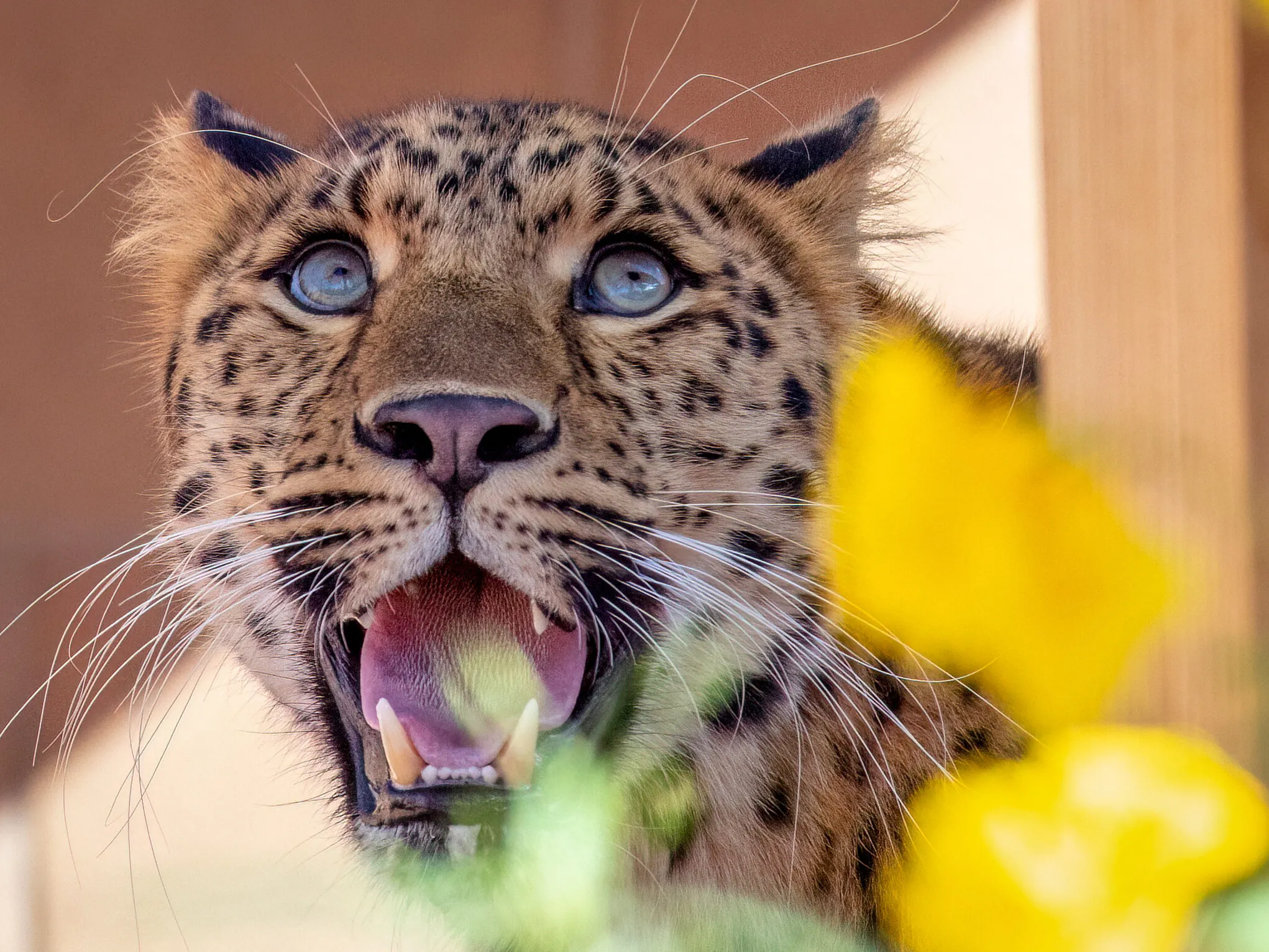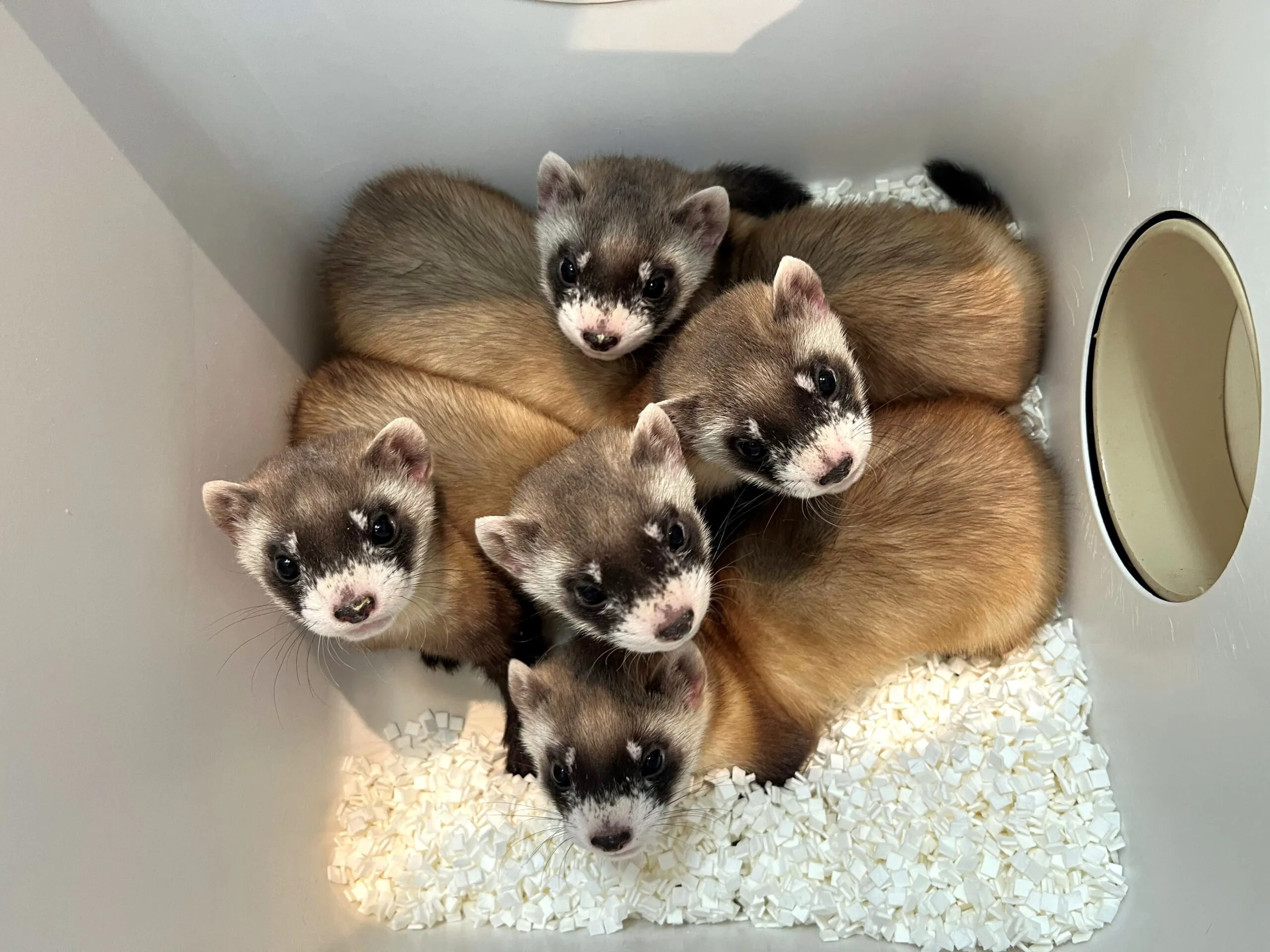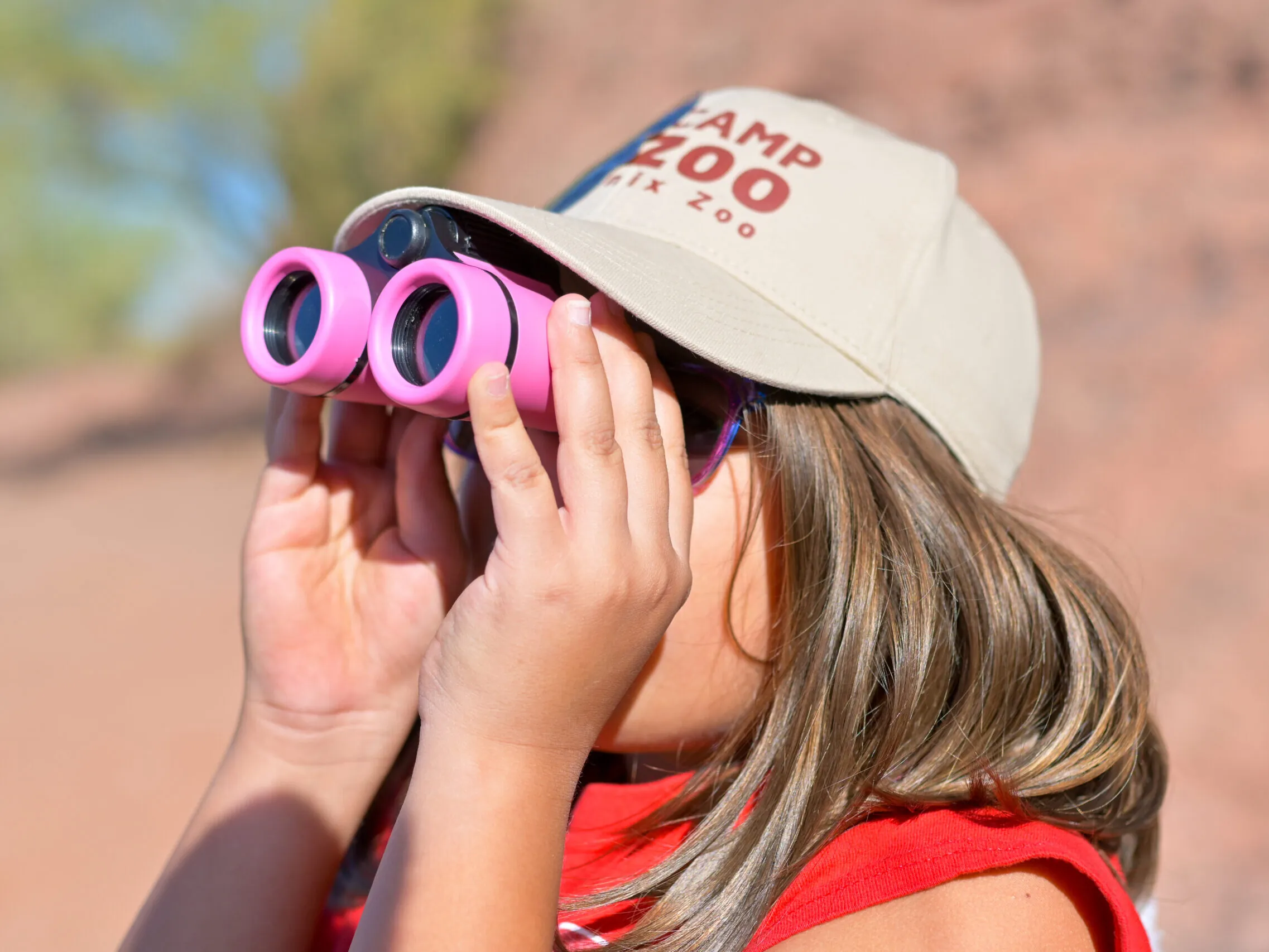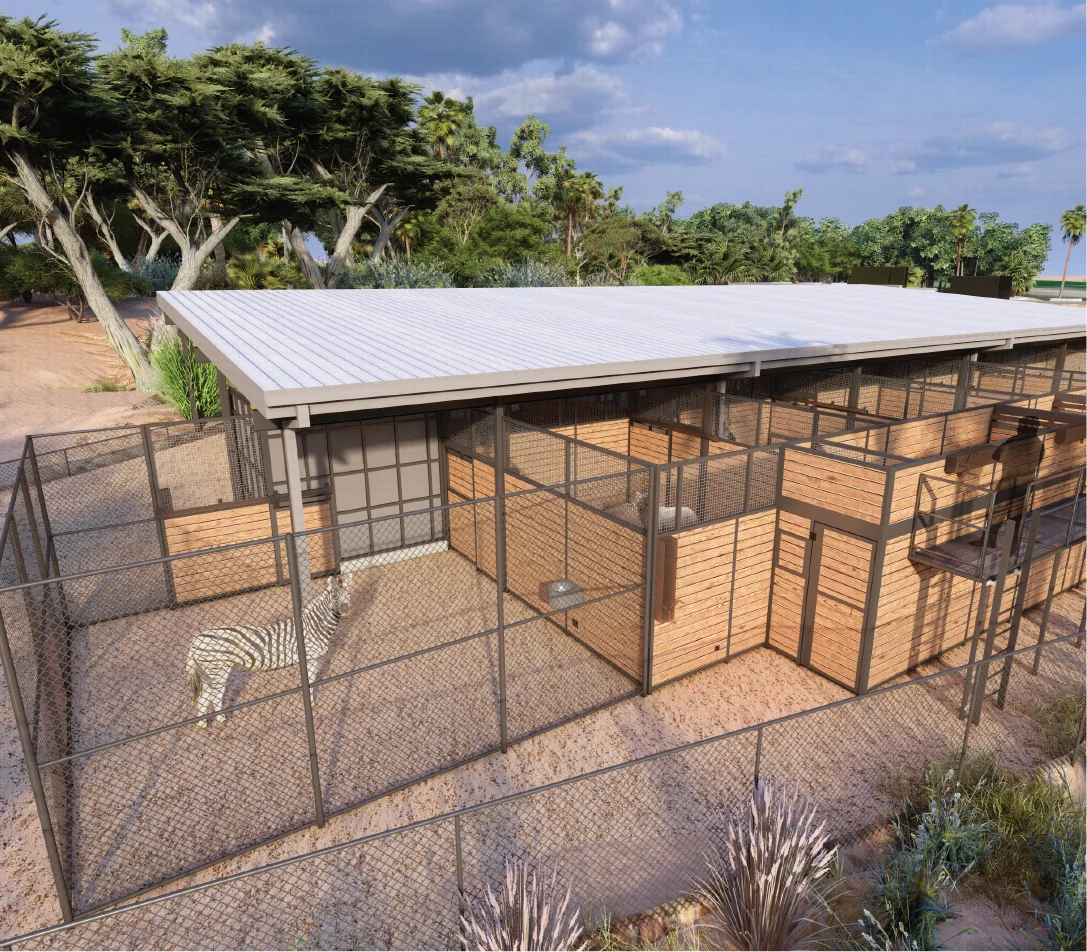Black-footed
ferret
The black-footed ferret is a small carnivore considered one of the most endangered in North America. In fact, it was thought to be extinct twice. A small relict population was discovered near Meeteetse, Wyoming in 1981 and there began the amazing story of bringing a native species back from near extinction — first into a managed breeding program and now back in the wild. Black-footed ferrets are in the wild in more than a dozen release sites in North America.
Black-footed ferrets are formidable small predators that have evolved to prey primarily on prairie dogs. They also are dependent on prairie dog burrows for shelter. Prairie dogs once ranged throughout North America in the great grasslands east of the Rocky Mountains and black-footed ferrets lived among them. As these areas were developed, farmed or ranched, the huge prairie dog towns were systematically wiped out in many areas because of the widespread, but mistaken, belief that prairie dogs were detrimental to the health of the prairie, would compete for forage with livestock and that livestock might break legs in prairie dog burrows. In reality, prairie dogs are a keystone species that are vital in maintaining the health of prairie landscape. They keep the soil aerated and healthy and prevent trees and shrubs from crowding out the grasses. As the prairie dogs disappeared, so did the black-footed ferrets.
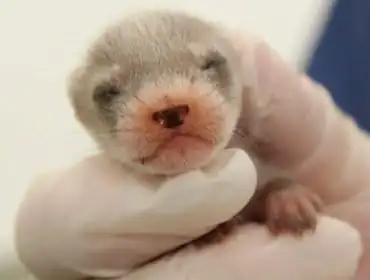
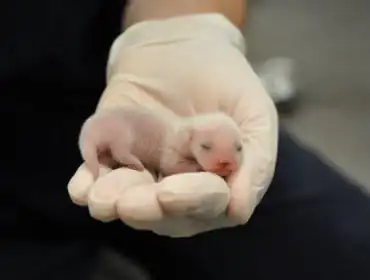
An additional factor in the decline of prairie dogs and black-footed ferrets was introduced disease such as plague, which wiped out whole colonies. By the mid-1900s, the black-footed ferret was found only in small pockets in their former range and although a managed breeding program was attempted in the 1970s, it was unsuccessful and was assumed that the black-footed ferrets were lost.
Then in 1981, a dog named Shep brought home to its ranch in Wyoming a small animal that was later identified as a black-footed ferret. After surveying the area, biologists discovered small colonies of black-footed ferrets near Meeteetse. These colonies were studied and observed in the wild, providing information about black-footed ferrets that would become vital for managed, captive husbandry.
In 1985, the U.S. Fish and Wildlife Service (USFWS) developed a plan to capture wild ferrets in hopes of beginning a managed breeding program. Just prior to implementing this plan, disease hit the prairie dog colony and subsequently the ferrets that fed on them. There was a scramble to capture as many black-footed ferrets as possible to begin a breeding program immediately. Eighteen were captured and nine of them reproduced, becoming the founder group that has produced over 11,000 black-footed ferrets! Through the reintroduction program, hundreds of black-footed ferrets now exist in the wild.
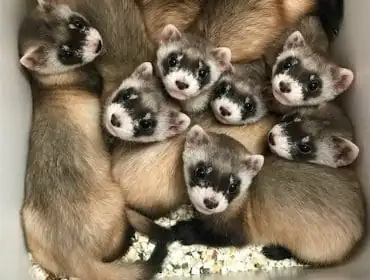
threats
habitat loss/degradation
disease
prey eradication
How We Help
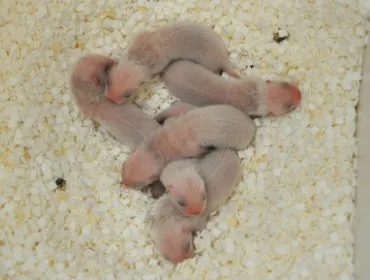
at the phoenix zoo
The Phoenix Zoo became involved with the black-footed ferret breeding and release program in 1991. We are one of only six black-footed ferret breeding facilities in the world, along with the National Black-footed Ferret Conservation Center in Colorado and four other zoos.
The Phoenix Zoo has produced over 500 black-footed ferrets in the more than 20 years that we have been involved with the breeding program. For many of those years, we only had a small breeding area. In October 2010, we opened a new 6,200 square-foot black-footed ferret breeding center at the Zoo’s Arthur L. and Elaine V. Johnson Conservation Center. The facility is equipped with a treatment room, lab, prep and laundry rooms and is capable of holding 30 black-footed ferrets and their kits.
bio-secure environment
Black-footed ferrets are susceptible to certain illnesses common to humans, such as the flu. At the Phoenix Zoo, they are in a bio-secure environment off-exhibit. Conservation technicians who take care of the black-footed ferrets are required to wear masks and dedicated clothing when working within the facility. Stress is also a potential threat, so maintaining the area off exhibit and in a quiet area is helpful for their general health, successful breeding and successful kit rearing.
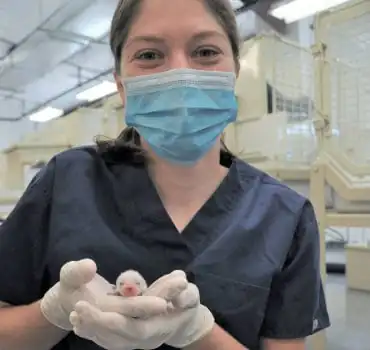
How You Can Help

BE A PART OF THE SOLUTION
The Phoenix Zoo is a proud participant in SAFE Black-footed Ferret. Through this program, AZA-accredited zoos and other partners collaborate to recover black-footed ferret populations by breeding and reintroducing ferrets, supporting on-the-ground efforts to reduce threats to ferrets and their prairie dog prey and raising awareness about ferrets and their conservation needs.
Join us in helping endangered black-footed ferrets by making a donation to the SAFE program!
conservation partners





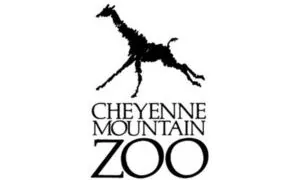


conservation partners








Plan your visit today!
The Phoenix Zoo is one of the largest non-profit zoos in the U.S., caring for over 3,000 animals, with nearly 400 species represented, including many threatened/endangered species.
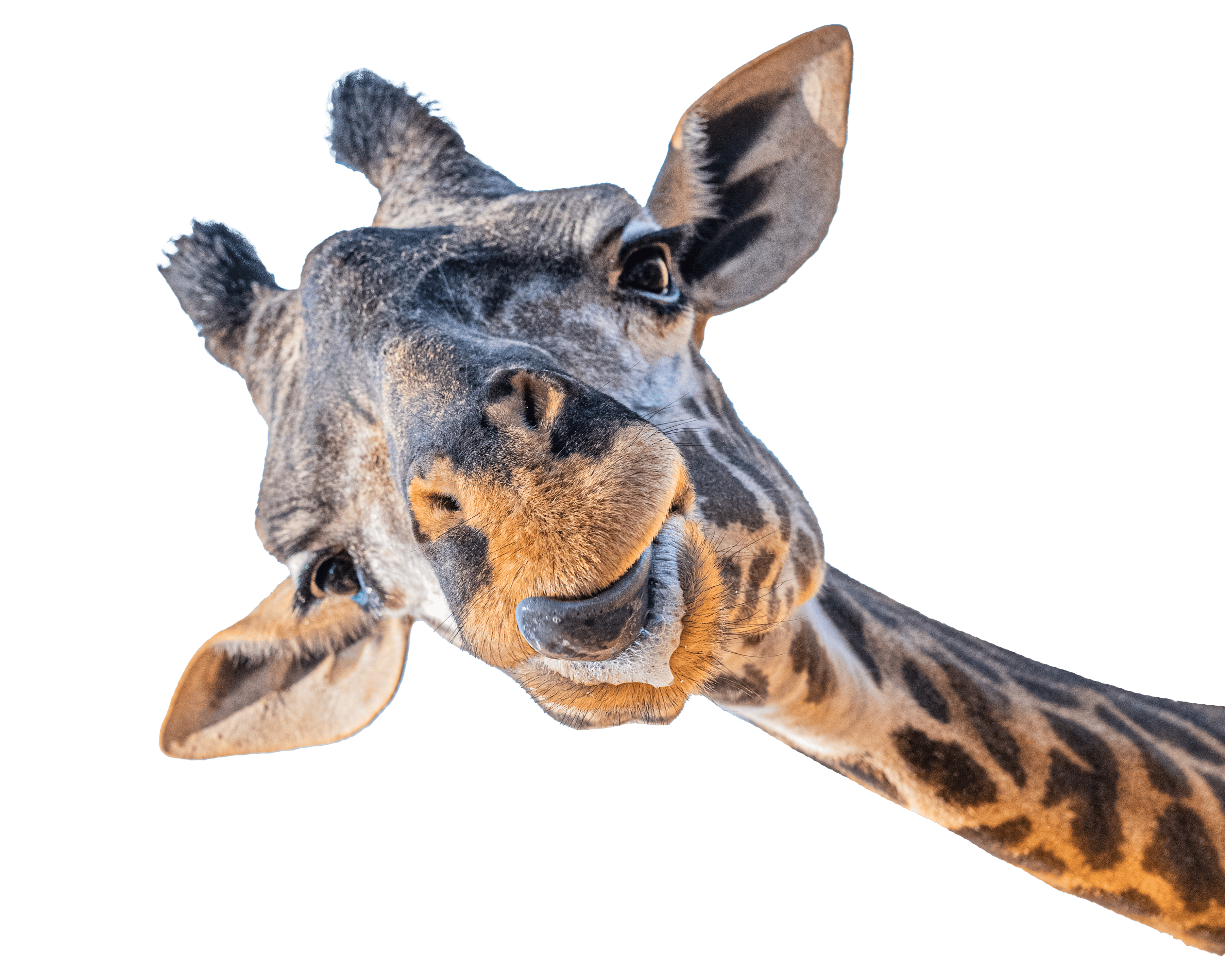
Plan your visit today!
The Phoenix Zoo is one of the largest non-profit zoos in the U.S., caring for over 3,000 animals, with nearly 400 species represented, including many threatened/endangered species.
